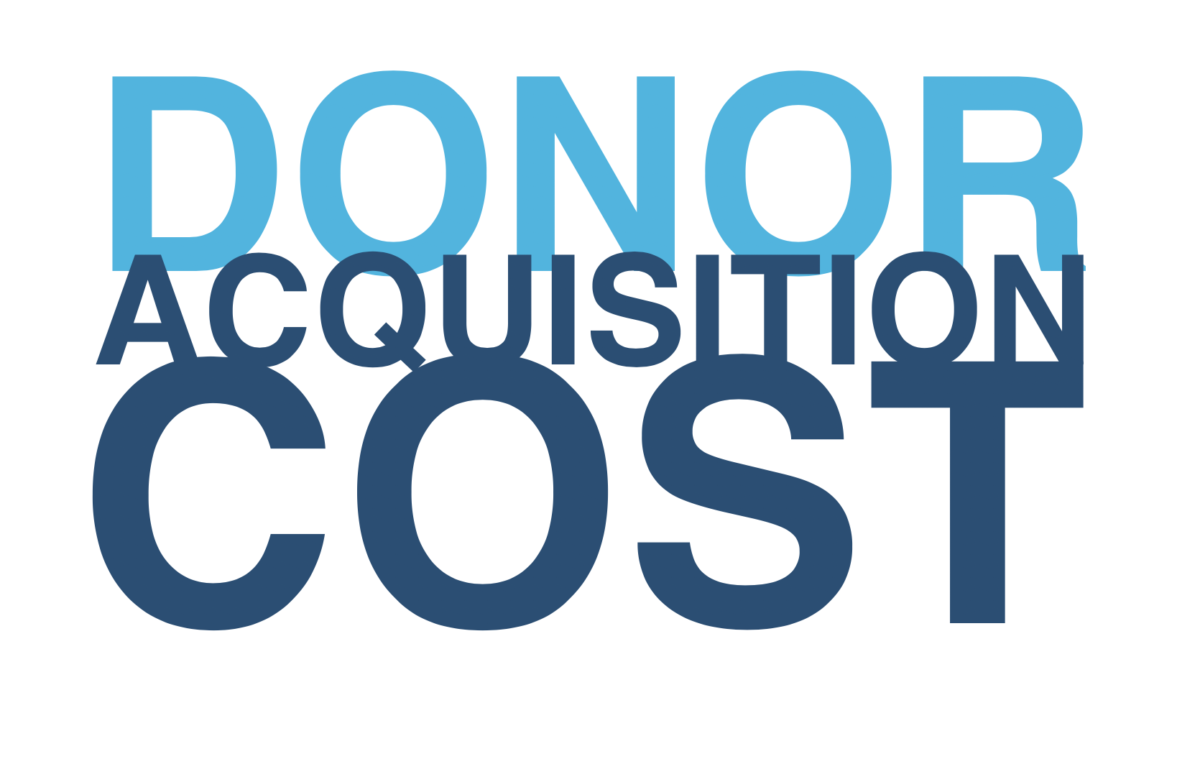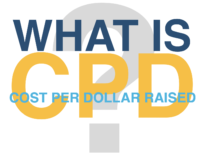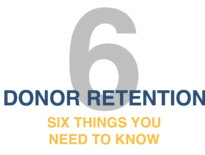Simply put, donor acquisition is the number of first-time donors you’ve acquired within a given time frame. More formally, the term refers to the number of donors who hadn’t previously donated to your organization last business period that donated for the first time this business period (business period meaning year, quarter, month, etc.).
Monitoring donor acquisition can help you identify successes carried out by your organization – it can help you understand what you did correctly and how you can do it again. It’s one of the key things you should be looking out for and optimizing it is absolutely essential.
To fully and completely read this metric, it’s worth going over the factors that impact it. Namely, these include donor acquisition cost, lifetime value, and the importance of retaining donors once you’ve acquired them. Acquisition has significant costs and benefits, and if handled correctly, it can skyrocket the status and impact of your organization.
Let’s Talk About Acquisition Cost
Perhaps the most important concept to grasp when talking about donor acquisition is cost. Donor acquisition cost, or DAC, tells you how much your organization spent acquiring a donor.
This is a bit of a loaded calculation, so we’ll get started breaking down DAC part by part. DAC is tied pretty closely to donor lifetime value (the next point on this list), which allows you to weight the costs of acquisition against the benefits.

From these two illustrations, it’s easy to see how lifetime value plays out – the ideal scenario is to keep lifetime value high and donor acquisition cost low.
To calculate DAC independently of other factors (LTV, to name one), divide the total costs by the total number of acquired donors.
Let’s say your organization launched a marketing campaign that cost $200. After the campaign was over, you acquired 10 donors. To make the DAC calculation, you’d simply use the formula:
Total costs ÷ acquired donors = DAC, or
200 ÷ 10 = 20
And therefore, your organization had a DAC of $20 for that period. Each donor costs you an average of $20.
Most of the time, marketing campaigns go well over $200 in expenses. All expenses involved in marketing go into this number – employee expenses included. This means that the overall cost of acquisition, depending on how large the scope of marketing goes, can often tally up to be a huge cost.
When used the right way, calculating DAC can be a useful tool for understanding how to carry out operations for your organization.
For instance, let’s say you wanted to test the effectiveness of two particular campaigns in relation to each other. So, for one year, you decide to use Marketing Strategy A – Strategy A costs $400. For the next year, you decide to use Marketing Strategy B – Strategy B costs $300.
When you use Strategy A, you acquire 10 donors. When you use Strategy B, you acquire 9 donors. At a glance, it would appear that Strategy A was more financially viable.
When you calculate DAC for each strategy, your calculations look like this:
Strategy A DAC: 400 ÷ 10 = 40
Strategy B DAC: 300 ÷ 9 34
This means that, although you may have had a slightly higher donor acquisition with Strategy A, you had a much better DAC with Strategy B.
Although DAC shouldn’t be the only part of donor acquisition that you look for, it should be one of the most important. It’s the foundation on which your organization will build a strategy for donor acquisition optimization.
Lifetime Value and Donor Acquisition
As we get more into LTV and how it impacts DAC, keep in mind the above chart. Lifetime value is worth paying attention to because it tells you the exact monetary value of your donors over time, and can, therefore, indicate whether or not you’ve paid your DAC accordingly. How much money are you going to be spending on your donors? And how much money are they going to be spending on you?
Basically, lifetime value measures a monetary prediction of how much money your donors will donate to your organization as long as you continue to retain them. It gives you an estimate of lifetime earnings for your donors.
Purely because so many factors go into this metric, LTV is best calculated via external tools and online resources like Fundraising Report Card. LTV is an entire metric on its own apart from acquisition value and comes with its own set of principles and factors. But with that being said, a simple go-to calculation can still be attained via this abbreviated formula:
LTV = Donor lifespan x Average donation amount x frequency of donations
So, let’s say I run a nonprofit, and would like to calculate the LTV for my donors. I’ve carefully studied the stages of donor lifespan for my organization, and have determined that donors are likely to stay at my organization for 10 years. Therefore, the lifespan for my donors (as it will be input in the formula) is 10. Let’s say the average donation amount that I receive annually (and make sure that it is annual donations – since we’ve determined that the donor lifespan is measured in years, we’ve made this our common measurement unit) is $40.
Quickly, let’s delve into the frequency of donation. It comes with its own formula and might not be as straightforward as the other two. Frequency of donations refers to the average amount of donations per donor you’ve received. The formula for donation frequency is this:
Frequency of donation = number of donations ÷ number of donors
In this example, I’ve received 200 donations, and I have 10 donors. Plugged into the above formula, this would mean that my frequency of donations is 20 – that is, each donor donates 20 times annually.
I’d then plug each value into the formula, and it would look like this:
LTV = 10 x 40 x 20
LTV = $8,000
Let’s combine this concept with donor acquisition cost, using the example in the DAC section. If my DAC is $20, and my LTV is $8,000, I am doing insanely well. This would be a form of donor acquisition optimization, because the lifetime value per acquired donor is much, much higher than the cost to acquire them.
LTV can be calculated either as a whole, or by donation bracket. So, you can calculate the LTV for donors in Group A, who donate $10-20 annually, or the donors in Group B, who donate $100-$200 annually. Use whichever method best helps you understand your donors.
Donor Retention and Reactivation
One of the invisible(ish) factors that go into LTV is donor retention. Donor retention refers to the number of donors you’ve managed to retain – that is, the number of acquired donors who have stuck around to continue donating to your organization.
Donor acquisition is totally meaningless if your organization doesn’t have adequate donor retention. Much of retention can be analyzed via studying the donor lifespan and carefully studying your metrics.
On the same token, donor reactivation (or reacquisition) can be a helpful strategy for optimizing your acquisition. Often, previously lapsed donors (that is, donors who stopped donating in the past) will return to your organization to donate again. These donors are usually the ones you may want to target first – they already know about your organization, how it works, and once decided that they agreed with your values.
Donor reactivation cost will usually be much lower than DAC because lapsed donors don’t typically require as much marketing to reacquire. Since you’ve had the chance to analyze the stages of your donors’ lifespan, you can develop strategies more effectively for lapsed donors than for newly acquired ones.
Optimizing Donor Acquisition
When talking about optimization, it’s important to clarify what exactly we mean by “optimizing” donor acquisition. Well, here it is – when you optimize donor acquisition, you’re making sure that you acquire as many donors as possible without unnecessarily squandering your marketing funds. You are getting the most out of each donor, and acquiring them the right way. To optimize donor acquisition, you have to optimize all the metrics that go along with it. You have to maximize LTV and minimize DAC. You have to work on donor retention and minimize reacquisition costs. And, most importantly, you have to stay on top of your metrics at all times. Donor acquisition is a multifaceted tool – it can either encourage you to continue on with helpful campaigns an





Thank you very much for sharing this information. It’s very helpful for us.
Thank you very much for sharing this. This is very important and informative for us!